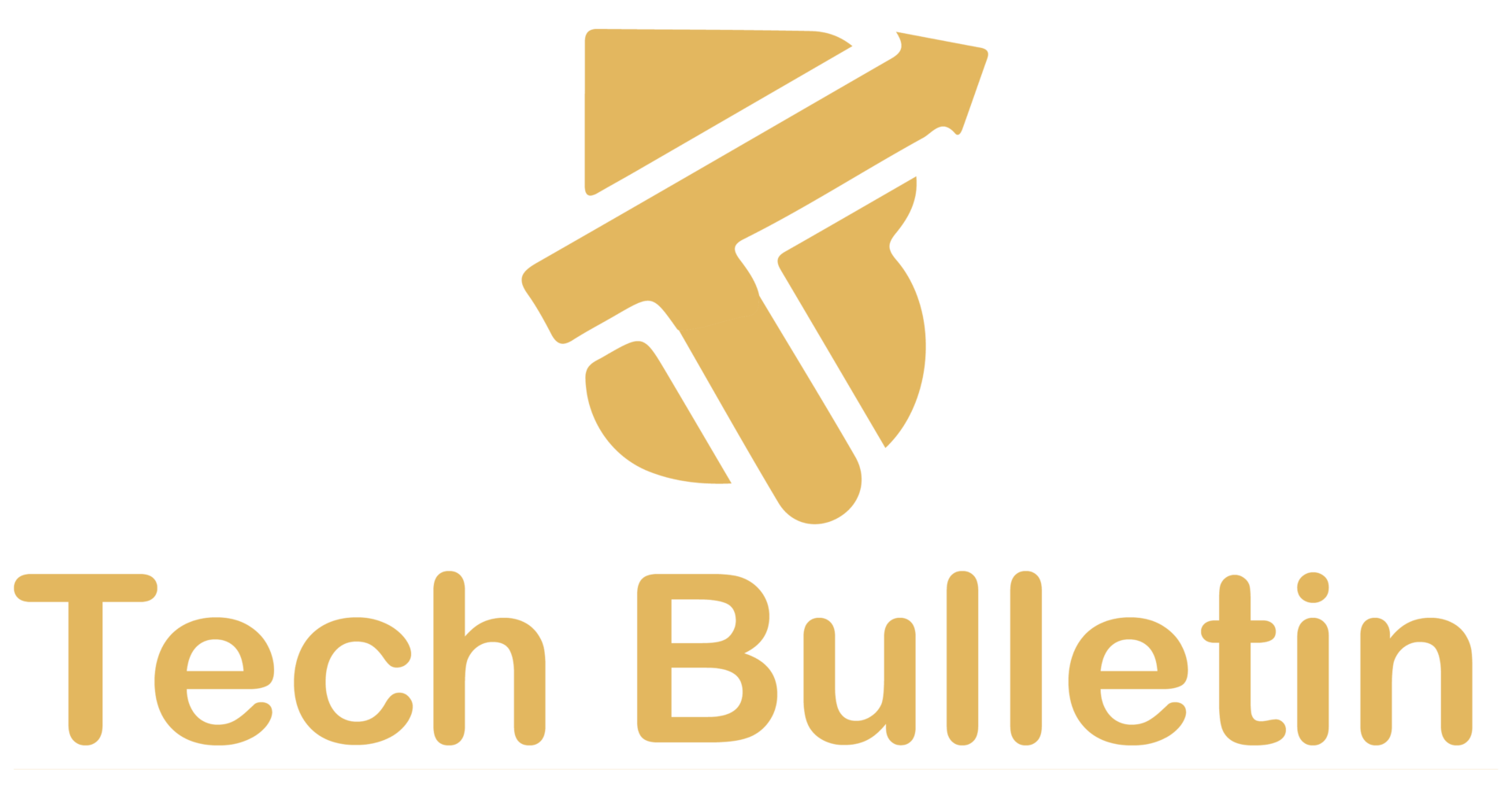Top AI Prolog Code Generator to Automate Logic Programming

Prolog, short for “Programming in Logic,” is a powerful declarative programming language designed primarily for symbolic reasoning and non-numeric computation. It’s a go-to language in artificial intelligence, natural language processing, and database systems due to its unmatched capability to manage relationships and facts through logic rules. Prolog doesn’t execute step-by-step instructions, unlike traditional languages like Python or Java. Instead, it defines relationships and allows the interpreter to infer solutions based on a series of logic rules and facts.
Top Prolog Code Generator That Actually Works

Codegen Prolog
Codegen Prolog is one of the most reliable and well-known tools available today. Designed for both educational and professional use, this generator allows users to input structured data, from which it automatically creates complete Prolog code blocks. Whether you’re designing a family hierarchy, decision tree, or a full-blown Prolog expert system example code, Codegen Prolog handles it with finesse.
Why Developers Love Codegen Prolog
Here’s why Codegen Prolog is widely respected:
- Simplifies Syntax: You don’t need to remember every punctuation or bracket.
- Saves Time: Get ready-to-run code in seconds, not hours.
- Educational Support: Comes with documentation, sample Prolog code, and even tutorial links.
- Test-Ready Output: The generated code runs flawlessly in SWI Prolog and other compilers.
Prolog Code Generators Online and Free Access
If you’re just getting into logic programming, finding tools that are both accessible and cost-effective is a huge plus. Luckily, plenty of Prolog code generators are free to use online, and they’re surprisingly powerful. These tools don’t require installation, just open a browser, input your logic parameters, and generate usable code within seconds.
Some popular online options include:
- Online Prolog Logic Builder – Lets you create logic through drag-and-drop and outputs clean Prolog syntax.
- Logic Playground Tools – These are designed for students to quickly generate facts, rules, and relationships.
These prolog code generators online are ideal for:
- Students learning through interactive tools
- Teachers building lesson plans or demos
- Developers prototyping rule-based systems
Since these platforms are typically built on open-source engines, their generated code is generally compatible with SWI Prolog and other major interpreters.
GitHub Projects for Prolog Code Generation
GitHub is a treasure trove when it comes to finding high-quality, working Prolog code generators. Whether you want a simple educational tool or a robust AI logic builder, you’ll find a repository that fits the bill. These projects are often maintained by university researchers, AI enthusiasts, and professional developers, so the quality is usually top-notch.
Some noteworthy GitHub tools include:
- LogicBuilder-AI/Codegen-Prolog – A robust project with support for custom templates and JSON-to-Prolog transformation.
- EduPrologToolkit – Designed specifically for educators and learners.
- AutoRules-Prolog – A logic generator that converts human-readable logic rules into executable Prolog syntax.
Most of these tools include documentation, tutorials, and even sample Prolog code, making it easy for anyone to dive in. You can download these tools, run them locally or on cloud platforms, and even contribute to their development if you’re so inclined.
And because they’re hosted on GitHub, you can track updates, check for bugs, and even fork the code to customize your version.
Community-Supported Tools vs. Enterprise-Grade Tools
There’s a key distinction between open-source, community-driven tools and enterprise-grade Prolog generators. Community tools, like those on GitHub or smaller independent websites, are usually free and flexible. They’re fantastic for students, hobbyists, and educators. You’ll find plenty of creative features often contributed by real users solving real-world problems.
Enterprise tools, on the other hand, may offer better stability, security, and support, but they often come with a price tag. These tools are designed for scalability and integration, useful in projects where Prolog is a backend for large AI systems or business logic engines.
SWI Prolog
SWI Prolog has earned its reputation as the de facto standard for Prolog programming. It’s powerful, flexible, and regularly updated. Most tools and code generators are designed to output code that is fully compatible with it, making SWI Prolog download a must for any serious developer.
What makes it so reliable?
- Cross-Platform: Runs on Windows, macOS, and Linux.
- Massive Library Support: Comes with built-in predicates for AI, NLP, and more.
- Robust Community: Thousands of developers contribute to and support the platform.
Whether you’re running simple educational code or complex production logic, SWI Prolog handles it effortlessly. It’s also open source, meaning you can modify or extend its functionality.
Benefits of Using Prolog Code Generators
1- Time-Saving and Error Reduction
Manually writing Prolog can be time-consuming and error-prone, especially when handling large datasets or intricate logic webs. That’s where Prolog code generators come in. These tools help reduce human error and save a ton of time by automating repetitive or complex code-writing tasks.
2- Learning Aid for Beginners
They allow you to input natural language statements or simple logical structures and then instantly show you how that translates into real Prolog code. This is especially helpful when you’re still getting used to Prolog’s syntax and logic structure.
Combine this with a Prolog tutorial, and you have an interactive way to learn the language. Instead of staring at static examples, you can test inputs and see how the generator builds out logic trees in real time. And with many prolog code generators free to use online, access is easier than ever.
Some tools even come with a Prolog syntax cheat sheet embedded, making the learning curve smoother for beginners.
3- Enhancing Productivity for Experts
Even seasoned Prolog developers can benefit from using code generators. Whether it’s to quickly prototype an idea, build boilerplate logic, or generate rules for an expert system, these tools speed up the development process without sacrificing accuracy.
Advanced users can take generated code and then tweak or optimize it, turning rough logic into refined production-ready systems. Many tools offer export functionality tailored for SWI Prolog, letting users seamlessly move from generator to compiler.
Features to Look for in the Best Prolog Code Generators
1- Code Customization Options
When selecting among the best Prolog code generators, look for tools that let you customize output. Some generators only produce basic fact-rule structures, but better ones let you:
- Define variable types
- Choose recursion depth
- Use custom predicate names
- Integrate conditions with logical operators
This customization is crucial when you’re building scalable applications or experimenting with different logic paradigms. For example, in an AI-based expert system, you may need rules that react differently under varying contexts. Having control over these details within the generator ensures the code fits your project requirements from the start.
2- Integration with SWI Prolog
A key consideration is whether the code output works well with SWI Prolog, the most popular Prolog interpreter. Compatibility means that the generated code runs without modification, saving valuable debugging time. Some generators even offer direct plugins or export options that target SWI Prolog specifically.
Once you download SWI Prolog, you should be able to copy-paste generated code and run it immediately. This seamless workflow significantly boosts development speed and learning efficiency.
3- Compatibility with Online Compilers
Many users prefer to test their logic in-browser using a Prolog online compiler. Ensure the generator you pick supports code that runs smoothly in these environments. Online testing tools remove the need for local setup, making it ideal for learning, debugging, or showcasing code.
Generators that produce clean, universal Prolog code offer the highest flexibility, whether you run it in your browser or a full-featured IDE like SWI Prolog.
Conclusion
Prolog may not be the flashiest language in the world, but it is arguably one of the most powerful when it comes to logical reasoning, AI development, and expert systems. And with modern tools like Prolog code generators, the barrier to entry has never been lower.
From Prolog code generators online and free resources to robust GitHub repositories and enterprise integrations, there’s never been a better time to learn and use Prolog. Tools like Codegen Prolog, paired with platforms like SWI Prolog, make creating logic-driven applications a breeze.
If you haven’t already, download SWI Prolog, explore some sample generators, and start building your first logic program.
FAQs
1. What is the best Prolog code generator available right now?
One of the most reliable and versatile tools is Codegen Prolog. It’s actively maintained, user-friendly, and supports advanced logic rule creation, making it ideal for beginners and pros alike.
2. Can I use Prolog code generators without installing anything?
Yes! There are several prolog code generators online that run in your browser. Just input your facts and rules, and you’ll get instant Prolog code.
3. Are there any free Prolog code generators?
Absolutely. Many tools are completely free to use, especially those hosted on GitHub or educational platforms. They’re great for students, hobbyists, and even professional developers.
4. Is SWI Prolog the best environment for running generated code?
Yes, SWI Prolog is widely considered the most robust and feature-rich Prolog environment. Most generators are designed to produce code that runs flawlessly on it.
5. Where can I find a Prolog expert system example code?
You can find excellent examples on GitHub repositories, educational sites, and even built-in templates within some Prolog code generators. These examples are great for learning and customization.







